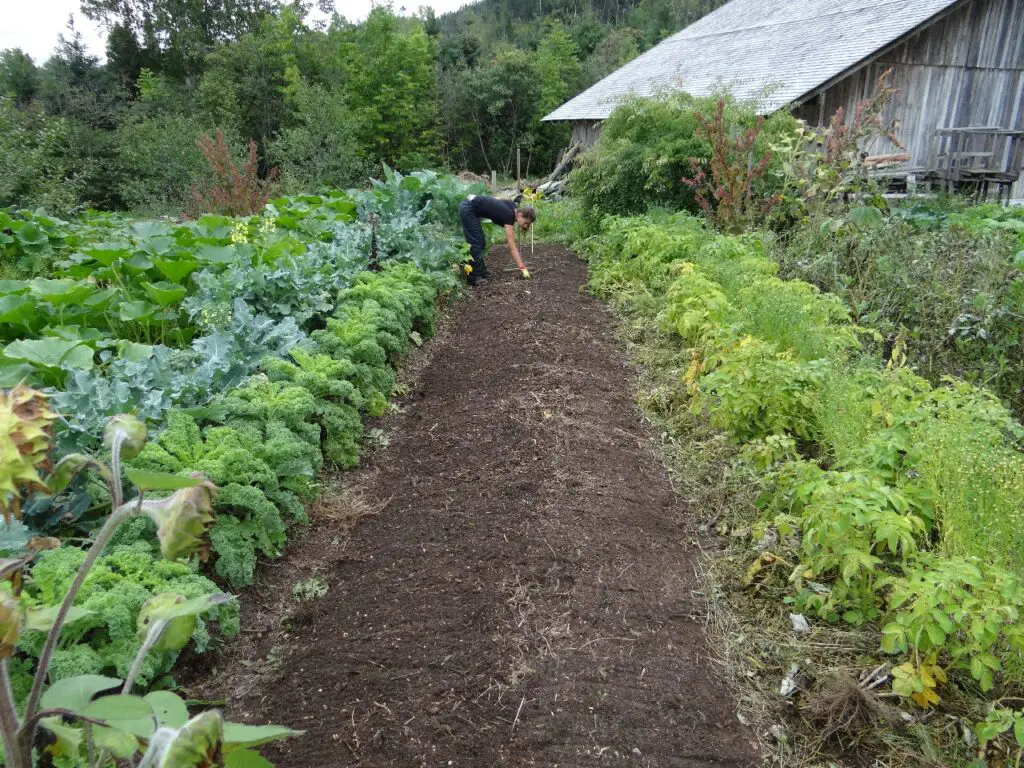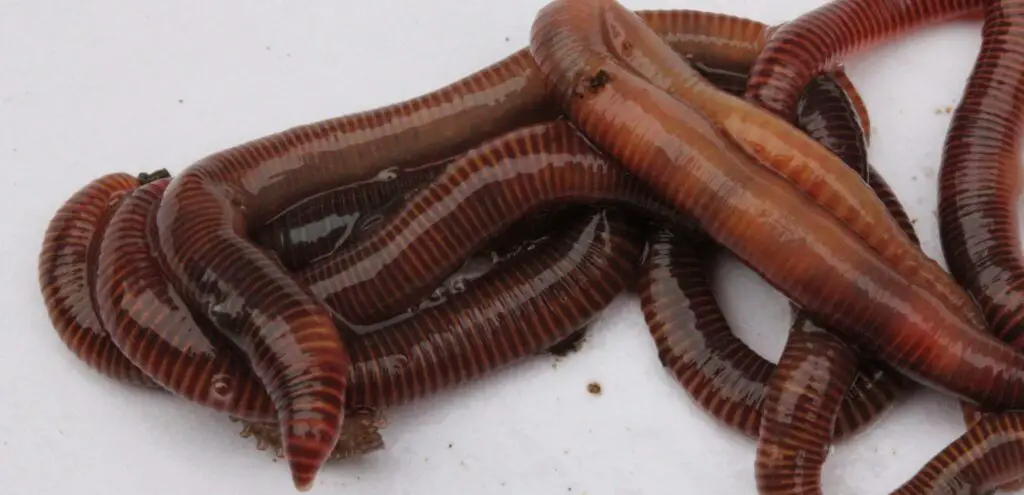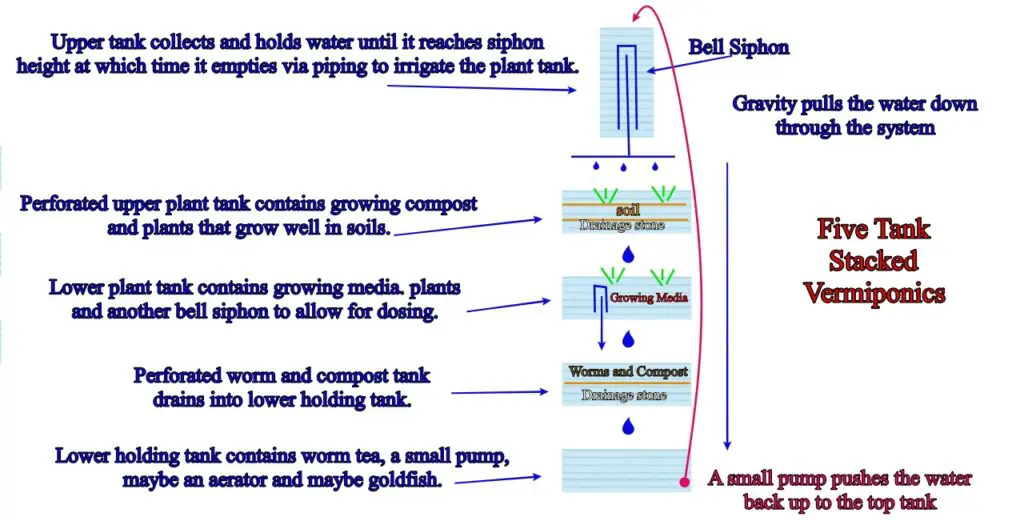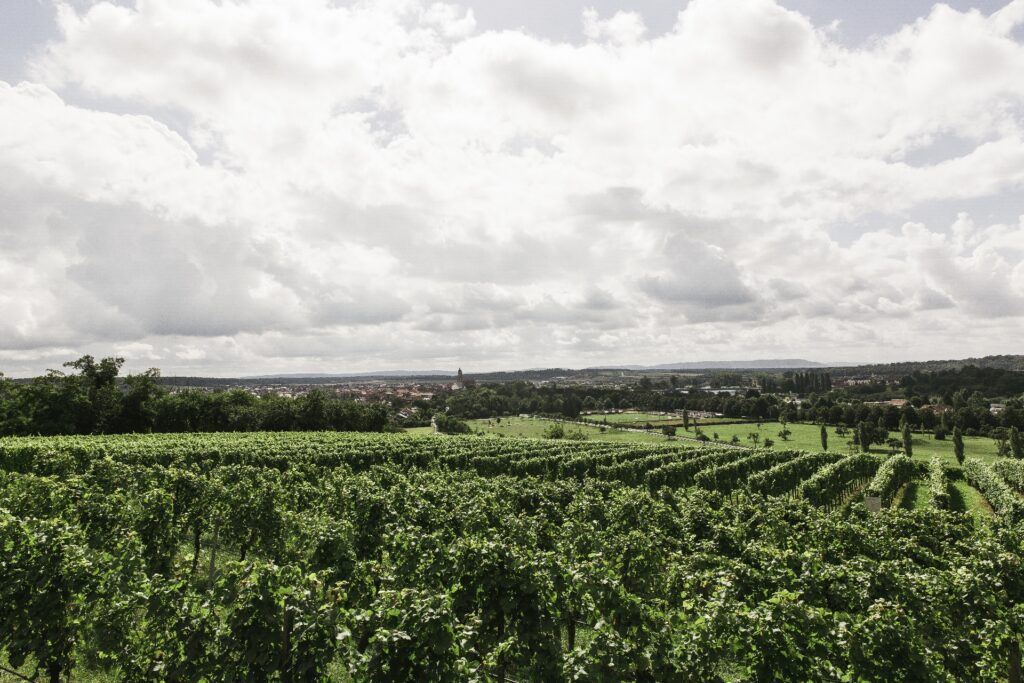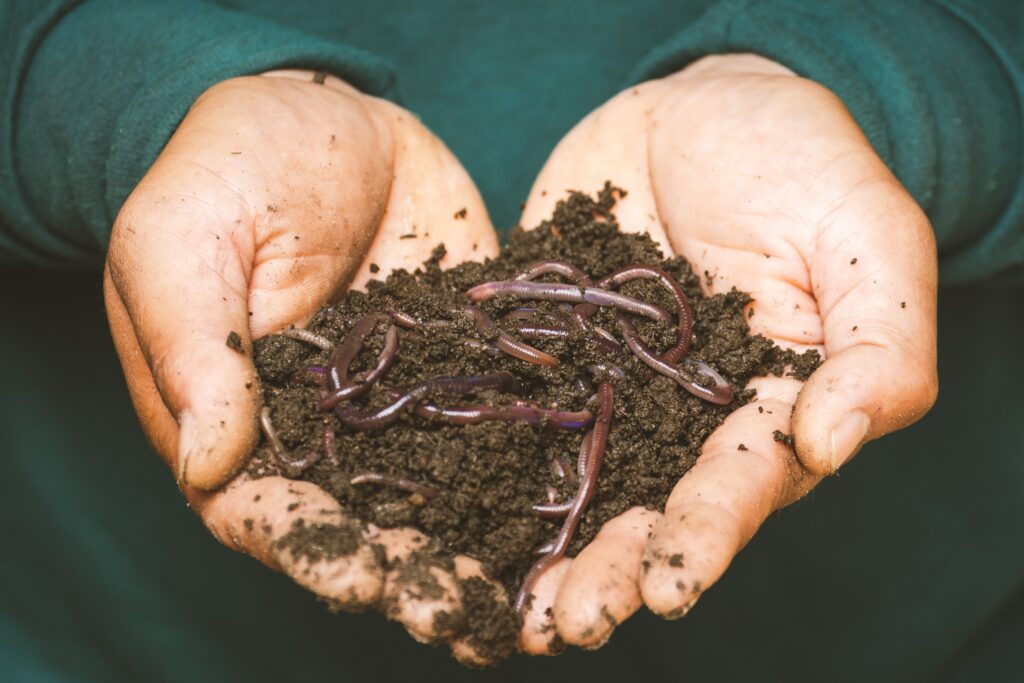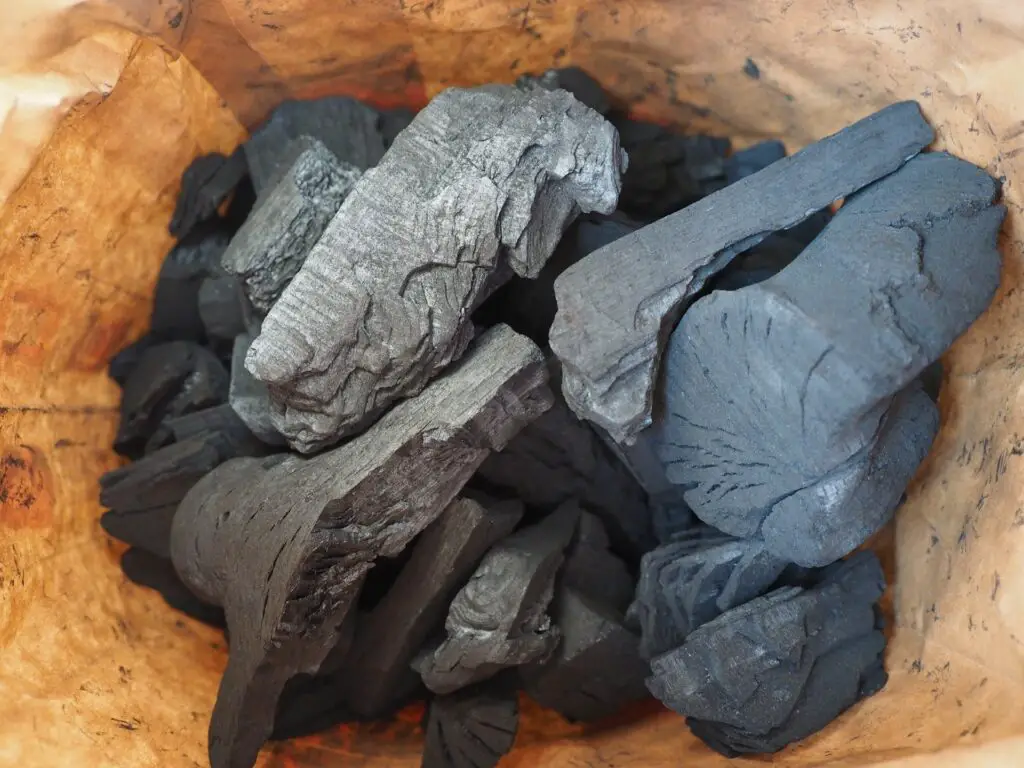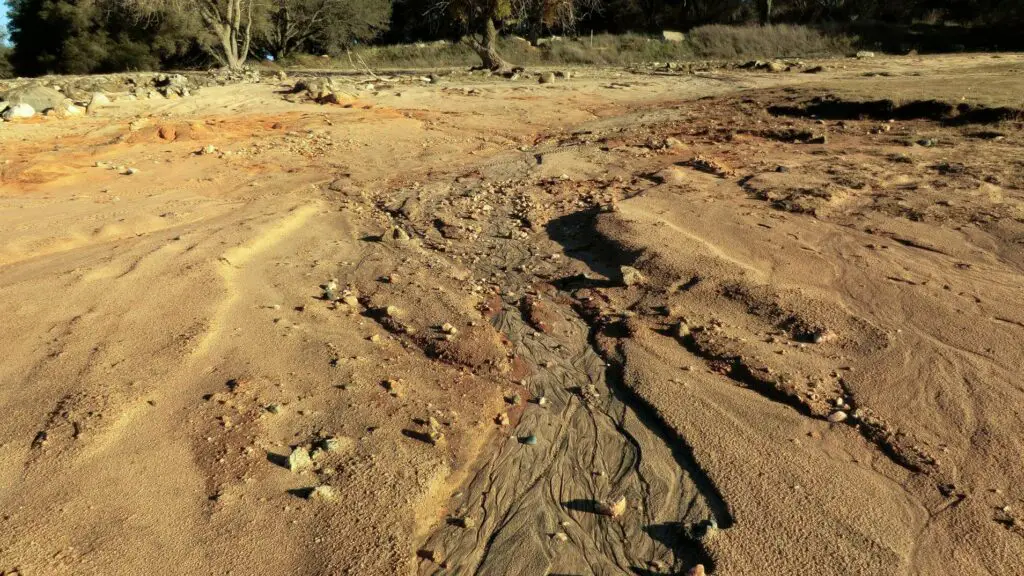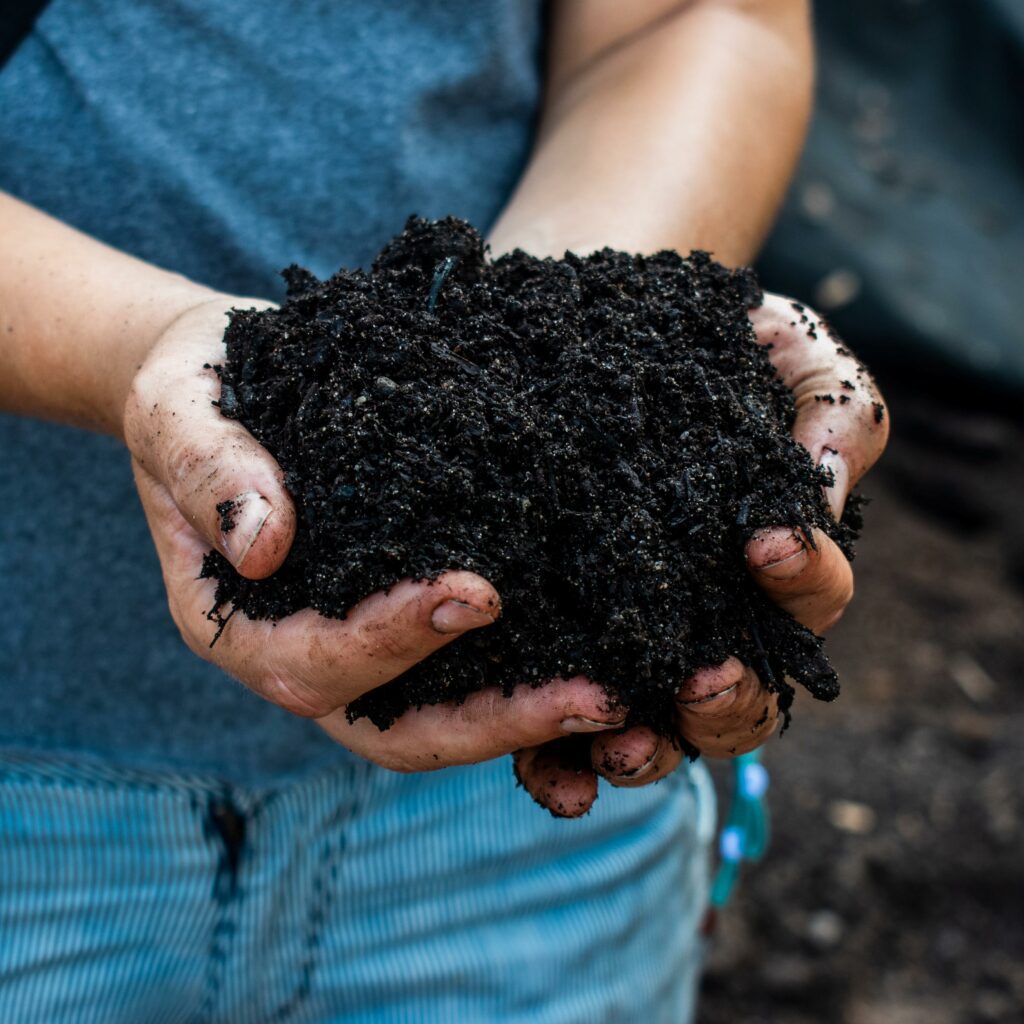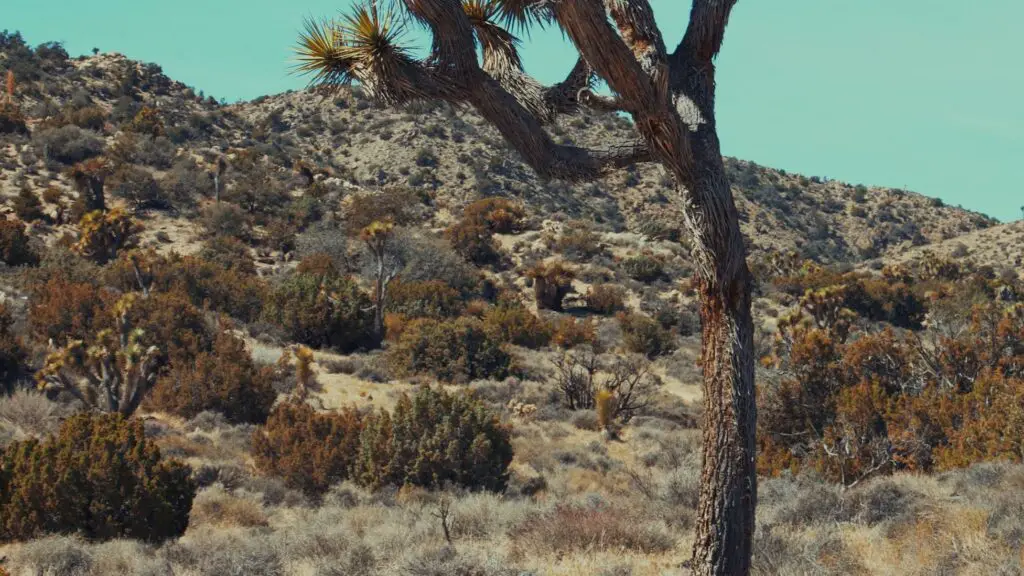Home gardening has long been very popular. Nowadays, people want to grow vegetables on their own, but sadly many turn to hazardous chemicals to control insects.
This is unfortunate since there are many natural ways to control insects without harming our health or the health of our planet. Learning to use herbs instead of insecticides greatly contributes to restoring the health of both humans and the soil.
Beginning gardeners often need to be made aware of the organic practices to control garden plants’ associated problems like insect pests, diseases, soil infertility, drainage, etc. We will provide gardeners with highly beneficial knowledge to improve their gardening skills and keep them natural.
5 Natural Pesticides:
Neem Leaf (Azadirachta indica):
It is considered a key substance in non-pesticidal management (NPM) for its natural insect-repellent characteristics. It is very important to understand the Neem plant’s action. It does not ever kill the insects directly; it acts as a repellent, antifeedant, and egg-laying deterrent in defense of your precious plants.
Neem leaf, bark, fruit, and stem contain a Phytochemical “Azadirachtin” that is the actual pest-controlling ingredient. Almost 2 kg seeds of neem make 5 g of Azadirachtin. You can use neem leaves too; crush 50 – 60 leaves, keep dipped in water overnight, pour in a spray bottle, and spray on the plants you want to protect from pests. Then, regularly spray after every 10 – 20 days to eliminate the insects from your garden. (Shah, F. M., Razaq, M., Ali, Q., Shad, S. A., Aslam, M., & Hardy, I. C. (2019).
Garlic:
Garlic presence is mandatory in every house. However, the most important role of garlic may be unknown to many of us. Garlic is a natural insect repellent that protects your garden plants from all kinds of flying and crawling insects. One dose of garlic spray is enough for more than one month.
Garlic bulbs contain an amino acid known as “Allicin” that is absorbed by plants, which brings about chemical changes to activate the plant’s natural mechanism to repel insect pests. It is a long-lasting garlic breath for the plants and does not harm the pest, beneficial microbes, and humans in any way. (Anwar, A., Groom, M., Arbach, M., & Hamilton, C. J. (2014).
Eucalyptus Oil:
Natural oils like eucalyptus oil, olive oil, etc., are biodegradable, very cheap, and have no harmful effects on the soil and plants. Eucalyptus oil protects your garden from mushroom flies, moths, and weevils. It contains a mixture of compounds (unlike chemical pesticides, which have only a single formula) so that the insect pests would not become resistant to it.
Eucalyptus oil vaporizes very quickly, so it needs to be sprayed soon after the previous dose. It has a powerful smell to keep bugs and other insects away from your precious commodity. (Batish, D. R., Singh, H. P., Kohli, R. K., & Kaur, S. (2008).
Chrysanthemum Flower Tea:
Chrysanthemum flower contains a chemical known as “Pyrethrum.” It is a potent insect-repellent ingredient. You have to boil some chrysanthemum flowers in a water-filled pan, strain it, and spray it on your plants. Regular use of this homemade tea will eliminate the insect population from your garden. The pyrethrum is known to damage the nervous system of insects, quickly preventing them from reproducing. (Shahrajabian, M. H., Sun, W., & Cheng, Q. (2020).
Four Smart Garden Pest Control Strategies:
1: Timely Planning
Identification and differentiation between harmful and beneficial insect pests are very important. The first step is to identify the number and kind of insects, take a picture of each and compare them with “the Common Garden Insects” on the internet. It will resolve the confusion between what to protect and what to remove from your garden.
2: Encourage Biological Control by introducing Beneficial Herbs and Bugs
- Plant Catmint and Allysum near or around the Roses; it will protect them from Lacewings and Ladybugs.
- Ground Bugs are the beneficial insect predators of many beetles, aphids, and those pests that are not active during the night.
- Pesky Caterpillars and aphids are the favorite food of parasitic wasps. You can invite wasps into your garden by planting a few umbrella-shaped flowering plants, such as Yarrow.
- Non-beneficial pests usually hate fresh-smelling herbs. For example, mint, basil, dill, lavender, thyme, parsley, fennel, coriander, sage, and lemon balm are insect-repellent herbs.
- Border planting of Marigolds will keep the aphids, plant lice, and many other flower-damaging insects away from your precious flowers. Farmers use marigolds as an insect repellent due to their strong smell (that insects do not like), annual nature, and hardiness characteristics.
3: Improve your Garden Soil:
All of the beneficial insects love compost-rich soil. Homemade Compost, Vermicompost, and Organic Mulch are the wisest decision you can make for your garden. Healthy soil produces healthy plants, and healthy plants can fight off pest attacks. A soil rich in microbes has good drainage, water, and nutrient-holding capacity. Targeting each pest individually will be easier than trying to rid your garden of all pests at once.
Over time, with regular applications and efforts, natural pest control can be attained.
4: Seasonal Home-made Remedies:
The effectiveness of homemade products is always uncertain, but if we only use safe and natural ingredients, we will be doing no harm by experimenting a bit.
Two proven insect-repellent concoctions are listed below:
- Crush ten garlic cloves, keep them dipped in water for 24 hours, and strain out the liquid extract. Now mix 1 cup of vegetable oil and a shaker of hot chili pepper and let the mixture settle for one day. This is a very effective extract to help protect plants against egg-laying pests and predators. It will keep the pests away from your plants without causing any damage to them. Owusu-Akyaw, M. (2011)
- Collect the essential oils of lavender, peppermint, tea tree oil, rosemary, citronella, avocado, hazelnut, and olive oil. Take one tablespoon of each and mix them to get a highly efficient natural pest remover product. (Arnason, J. T. (2012)
Advantages of using Herbs instead of Chemical Insecticides or Pesticides:
Environmental Friendly:
Every single plant we grow consumes carbon dioxide and adds oxygen to our environment. Whether or not it has any other benefits, such as being edible or ornamental. On the other hand, chemical pesticides are the quickest in action and damage, leaving behind drastic soil and health issue. Biological control is the only way to keep our air safe for ourselves and the coming generations.
Least Expensive and Cost-Effective:
Five or six perennial herbs are enough to control garden pests. Annuals are usually cheaper, and homemade herb mixtures are all cost-effective ways to protect your precious commodity.
The eco-friendly way that promotes biodiversity:
In controlling pests through plants and natural predators, you are protecting the atmosphere from getting polluted and promoting biodiversity by using environmentally friendly practices. Your garden is the habitat of many lives, contaminant-absorbing sources, and hope for a better future. Save it from damage as much as you can.
FAQs related to Natural Pests Control/Biological Control:
Q: What can I practice to protect my plants from insects?
A: Various biological, cultural, and mechanical practices are adopted depending upon the type of pest, crop, and soil conditions. However, planting select herbs along with your main crop or plant is the cheapest and most consistent pre-control.
Q: What kind of herbs/plants keep pests away from vegetables?
A: Many plants can keep pests away from vegetables; some of the commonly grown are listed below:
- Citronella grass
- Mint
- Lavender
- Basil,
- Parsley
- Rosemary
Q: How to keep bugs away from eating my Herbs?
A: identify the kind of bug, its predators, and natural plant predator if available. In organic gardening, crop rotation, companion planting, neem oil, natural traps, soap spray, garlic, and soap mixture, are usually recommended.
Q: How to identify garden pests?
A: every insect could be a pest for your garden plants, and some may be less harmful and some more. Aphids, mites, bugs, weevils, caterpillars, slugs, Japanese beetles, etc., are some of the most common garden pests. The best way to control them is to practice manual picking, killing, and crop rotation.
Q: What is Biological control?
A: Biological control is using living organisms or natural enemies (plants or animals) to control harmful living organisms. It is the environment-friendly and most effective means of managing insect pests.
References:
Batish, D. R., Singh, H. P., Kohli, R. K., & Kaur, S. (2008). Eucalyptus essential oil as a natural pesticide. Forest ecology and management, 256(12), 2166-2174.
Shahrajabian, M. H., Sun, W., & Cheng, Q. (2020). Chinese star anise (‘Illicium verum’) and pyrethrum (‘Chrysanthemum cinerariifolium’) as natural alternatives for organic farming and health care-a review. Australian Journal of Crop Science, 14(3), 517-523.
Anwar, A., Groom, M., Arbach, M., & Hamilton, C. J. (2014). How to turn the chemistry of garlic into a ‘botanical’pesticide. In Recent Advances in Redox Active Plant and Microbial Products (pp. 323-341). Springer, Dordrecht.
Shah, F. M., Razaq, M., Ali, Q., Shad, S. A., Aslam, M., & Hardy, I. C. (2019). Field evaluation of synthetic and neem-derived alternative insecticides in developing action thresholds against cauliflower pests. Scientific reports, 9(1), 1-13.
Mochiah, M. B., Banful, B., Fening, K. N., Amoabeng, B. W., Offei Bonsu, K., Ekyem, S., … & Owusu-Akyaw, M. (2011). Botanicals for the management of insect pests in organic vegetable production.
Regnault-Roger, C., Vincent, C., & Arnason, J. T. (2012). Essential oils in insect control: low-risk products in a high-stakes world. Annual review of entomology, 57, 405-424.

